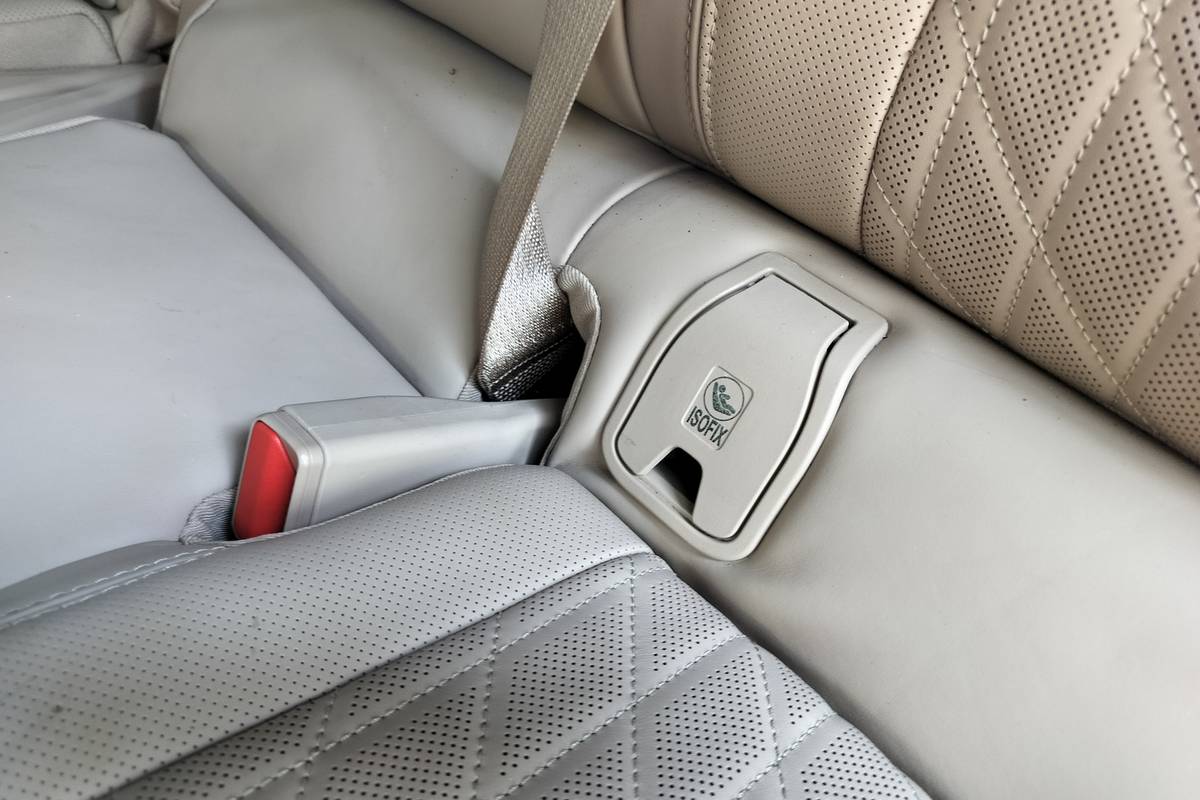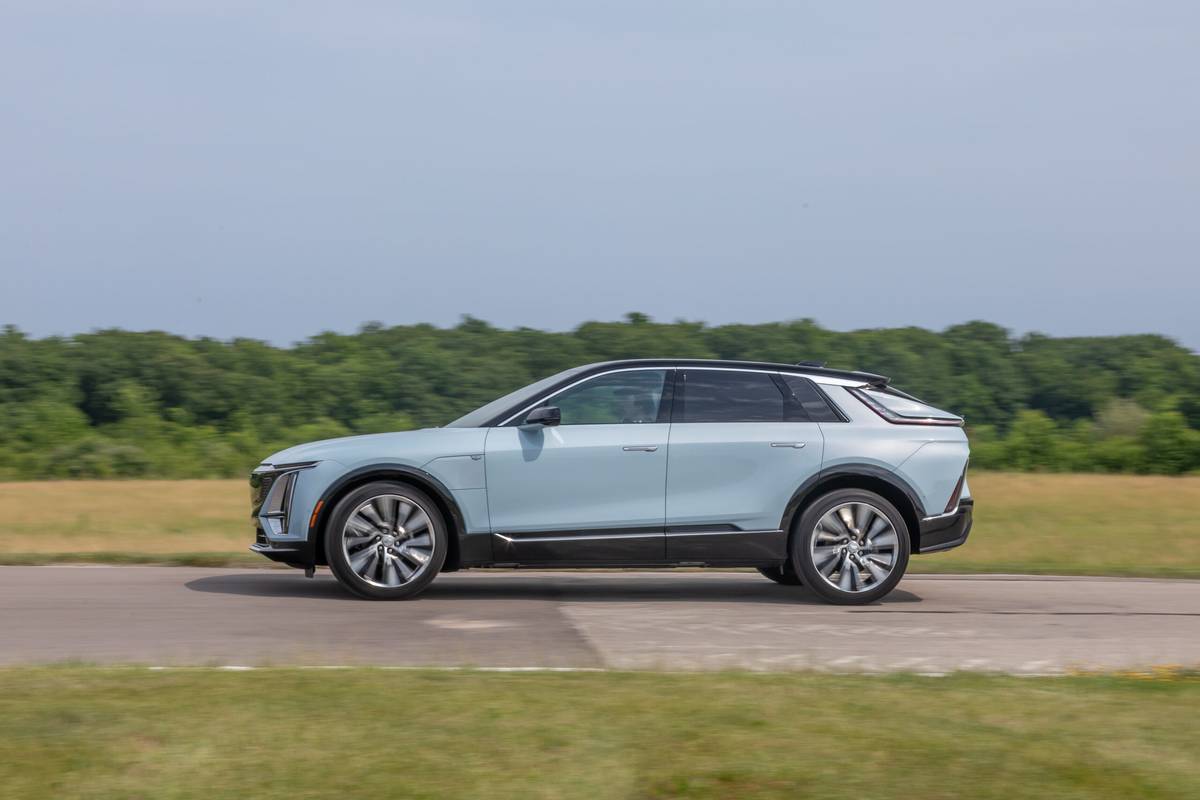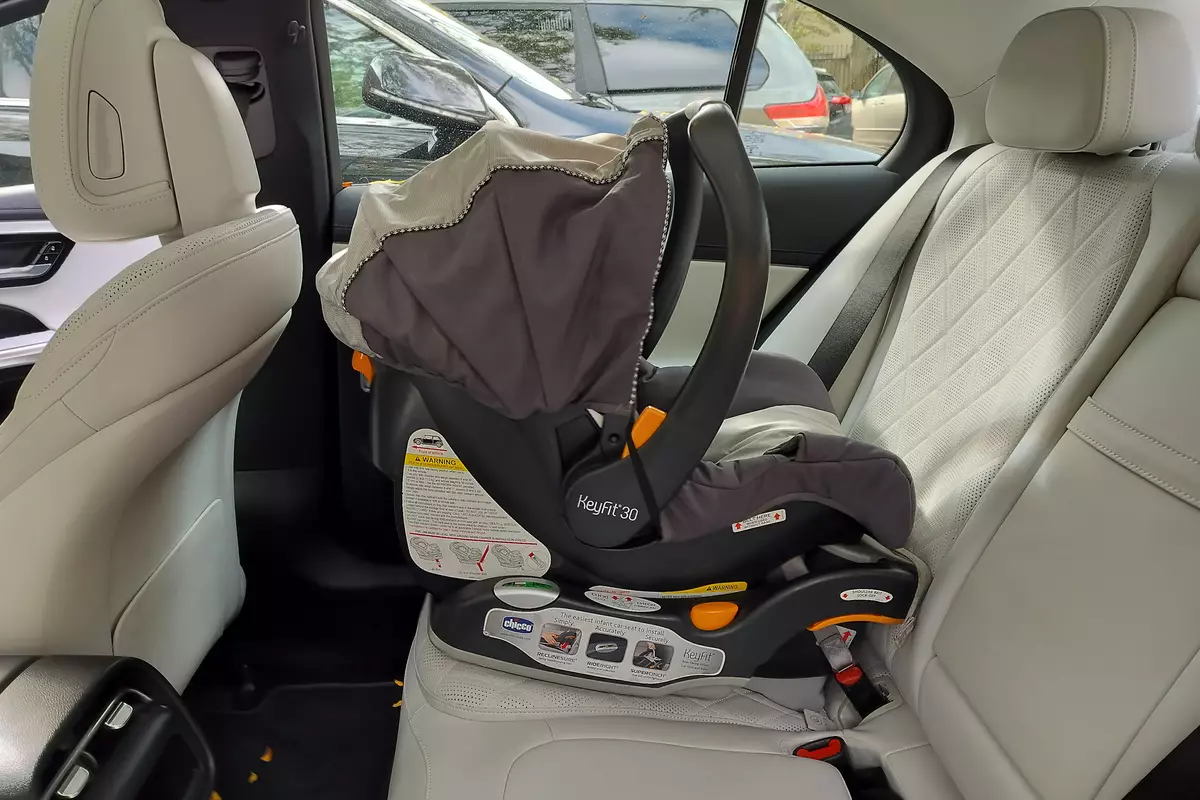chicagotribune.com's view
When told you are second-, third- or even fourth-best, you have a few choices: thumb your nose at your critics, who obviously don’t know what they’re talking about, or swallow your pride, admit you aren’t as good as those around you and set out to get better.
Only a year ago Toyota was faced with just such a scenario. Its 4Runner sport-utility vehicle was an also-ran in the market. Not only was the 4Runner costly, thanks to yen/dollar exchange rates, but it also rode and handled like a truck, was as noisy and uncomfortable as a truck, was short on power and offered a cabin so tight that if the driver tried to scratch his or her back, chances are he or she would relieve the person sitting alongside.
Enter the 1996 4Runner and you can tell that Toyota chose to listen and make improvements rather than run off and pout. 4Runner is no longer built off the automaker’s compact truck platform and doesn’t have truck sheet metal, either.
An extended side rail cross-section was added to the frame to increase vehicle rigidity not only to improve steering stability but also to provide more precise suspension movement (lateral) and increased suspension travel (up and down to absorb off-road bumps) for a more comfortable ride, especially off-road–though anyone who would take a $32,000 machine off-road better be driving to his psychiatrist’s cabin in the woods and not over boulders or through tree-lined creeks that can depreciate the investment with one quick shift into “4WD low.”
To improve ride and handling on concrete or asphalt, front suspension cross members were strengthened for added lateral rigidity in cornering and braking, shocks were beefed up and steering feel improved with a switch to rack-and-pinion from the recirculating-ball type.
This means the 4Runner no longer looks, acts, feels or sounds like a pick ’em up. To be honest, after having driven the top-of-the-line’96 4Runner Limited at a recent Midwest Automotive Media Association road/off-road rallye in and around Lake Geneva, Wis., we found we prefer the $32,000 4Runner Limited to the $47,500 Lexus LX 450.
Ride was superb, especially over several roller-coaster stretches of Wisconsin side roads, where 4Runner held tight and flat without pitching and bouncing all over the pavement.
The Limited was whisper quiet, though keep in mind it is a top-of-the-line model. We briefly drove a base model and found more engine/transmission noise filtered back into the cabin. And the Limited’s leather seats are so comfortable that the cloth seats in the base model felt stiff by comparison, particularly in the upper back.
The 4Runner Limited features soft, pliable leather seats that conform to the body. After about five minutes, the seat fits like a well-tailored suit. 4Runner Limited sets the industry standard for comfort once held by the Jeep Grand Cherokee.
And for 1996 the 4Runner sports a 3.4-liter, 24-valve, dual-overhead cam, V-6 that develops 183 horsepower, or about 33 h.p. more than the 3.2-liter, V-6 in its predecessor, and increases towing capacity to 5,000 pounds from last year’s 3,500 pounds. The engine is smooth and quiet, yet lively. Balance shafts added for ’96 help reduce engine noise and vibration.
The only engine shortcoming is a 17-mile-per-gallon city/19-m.p.g. highway rating in the four-wheel-drive unit we tested. We’d feel much better if Toyota could squeeze out 1 more m.p.g.
The V-6 is standard in the Limited. A 2.7-liter, 150-h.p., 4-cylinderis standard in all other models. Anti-lock brakes are standard with the V-6, a $590 option with 4-cylinder models.
Toyota obviously devoted attention to a wide variety of details in the 4Runner.
For example, you only need touch the 4WD Hi switch to engage 4WD; the rear door is a single-piece liftgate with a power window rather than two door/window pieces; the rear cargo area has been lowered by 4.3 inches for easy loading/unloading; the cabin floor has been lowered 2.4 inches for easier entry/exit; the front door opens 1.4 inches wider, the rear door 1.7 inches wider for easier entry/exit.
Also, outside mirrors have been enlarged for better view; headlamps have been enlarged for better nighttime vision; the rear window wiper is on the bottom of the window rather than the top so fluid doesn’t drip down the glass; the rear cargo area has a pullout cover to hide packages; cruise control was moved from a button on the steering wheel to a stalk; the rear console has dual cupholders; radio speakers were moved from the cargo area to the rear doors to make it easier to hear the sound; rocker panels have an anti-chip coating; and front and rear mud guards protect the body.
All this and dual air bags and ABS as standard.
But while Toyota waged a massive campaign to bring the 4Runner in line with its rivals, a few gripes remain.
The wheelbase, for example, was extended 2 inches to improve ride and handling and let Toyota to move the rear seat from directly over the rear axle, where occupants were punished on rough roads, and the rear door opening was increased by 1.7 inches, but you still have to maneuver over the rear wheel well to get into or out of the back seat, a problem with the predecessor that hasn’t gone away.
One other annoyance is that the old 4Runner was a tad narrow. The new one feels the same. At the MAMA event, a colleague with camera and case hopped into the shotgun seat while we wheeled around the countryside. He complained that the narrow cabin forced him to continually rub his leg up against the gearshift lever. And when he dug into the camera case to remove the contents, he bumped the gearshift and sent us from “D” into “N.”
But the feature that irritated us the most was the placement of the brake pedal, which felt as if it was a bit too far to the left and required extra care to hit it firmly and not a glancing blow.
The 4Runner is offered in base, SR5 and Limited versions in 2WD or 4WD. Standard equipment includes 15-inch styled steel wheels, tinted glass, deluxe AM/FM radio, dual front cupholders, passenger vanity mirror and trip meter. The SR5 adds dual color-keyed outside mirrors, rear-window defogger, power mirrors/door locks, digital clock, tilt steering, rear-window wiper and privacy glass. To that the Limited we tested adds plastic lower body side cladding, fender flares, running boards, 16-inch wheels, power driver’s seat/windows, cruise control, floor mats and a premium sound system with cassette and six speakers.
4Runner in 2WD version with 4-cylinder engine starts at $19,488 with 5-speed manual, $20,388 with 4-speed automatic; 2WD with V-6 starts at $24,048 with automatic only; 4WD with 4-cylinder at $21,548 with manual, $22,448 with automatic; 4WD with V-6 at $25,148 with manual, $25,048 with automatic; and $32,088 for the Limited with automatic only.
RAV4 update
We recently tested Toyota’s new subcompact RAV4 sport-utility in two-door version (Transportation, March 10) and now have driven the four-door (starting at $18,098 with 4WD and automatic) and the difference is dramatic.
The two-door might be cute and offer removable glass roof panels, but with 8 inches more wheelbase and 16 inches more length the four-door is roomier and the far better performer. With a low center of gravity, RAV4 behaves well without a tendency to lean.
And, though we suspected performance would suffer when the 2-liter, 120-h.p., 4-cylinder was teamed with 4-speed automatic, we were pleasantly surprised that despite the typical 4 cylinder/automatic transmission groan at initial acceleration, the RAV4had some kick to it.
One drawback: At the off-road portion of the MAMA Wisconsin rally , Toyota chose to park the 4WD RAV4 and let the Ford, Chevy, GMC, Dodge and Subaru four-wheelers play on the somewhat brutal course with patches of snow/ice/mud, steep slippery hills and boulder-filled paths.
Chevy pulled a coup by letting the media have at the course with its tiny Geo Tracker 4WD rival to the RAV4–and with automatic, not the manual preferred for off-roading. Other than slipping the lever into 4WD “low” on one muddy hill, Tracker kept up with the Big Boys. Hard to tell, but the RAV4 wallflower looked like it might have been blushing when the Tracker passed.
1996 Toyota 4Runner Limited
Wheelbase: 105.3 inches
Length: 178.7 inches
Engine: 3.4-liter, 183-h.p., 24-valve, V-6
Transmission: 4-speed automatic
EPA mileage: 17 m.p.g. city/19 m.p.g. highway.
Pluses: Interior as cozy yet even quieter than that a Jeep Grand Cherokee’s. Seats conform to every bend in your body. Smooth, lively, extremely quiet V-6. Above average ride and handling. Rear seat moved from over the rear axle to reduce passenger discomfort. Seat backs fold flat for added cargo space. Excellent off-road performance. Dual air bags and ABS standard. First time 4Runner doesn’t share sheet metal or chassis with compact pickup truck. Worthy rival to Grand Cherokee.
Minuses: Like predecessor, the cabin is a bit narrow. Still a crawl over wheelwell to get in back seat. Brake pedal feels too far to the left. Would like 1 more m.p.g. city and highway mileage. Price will keep top-of-the line 4Runner out of the hands of most SUV buyers.
Latest news



